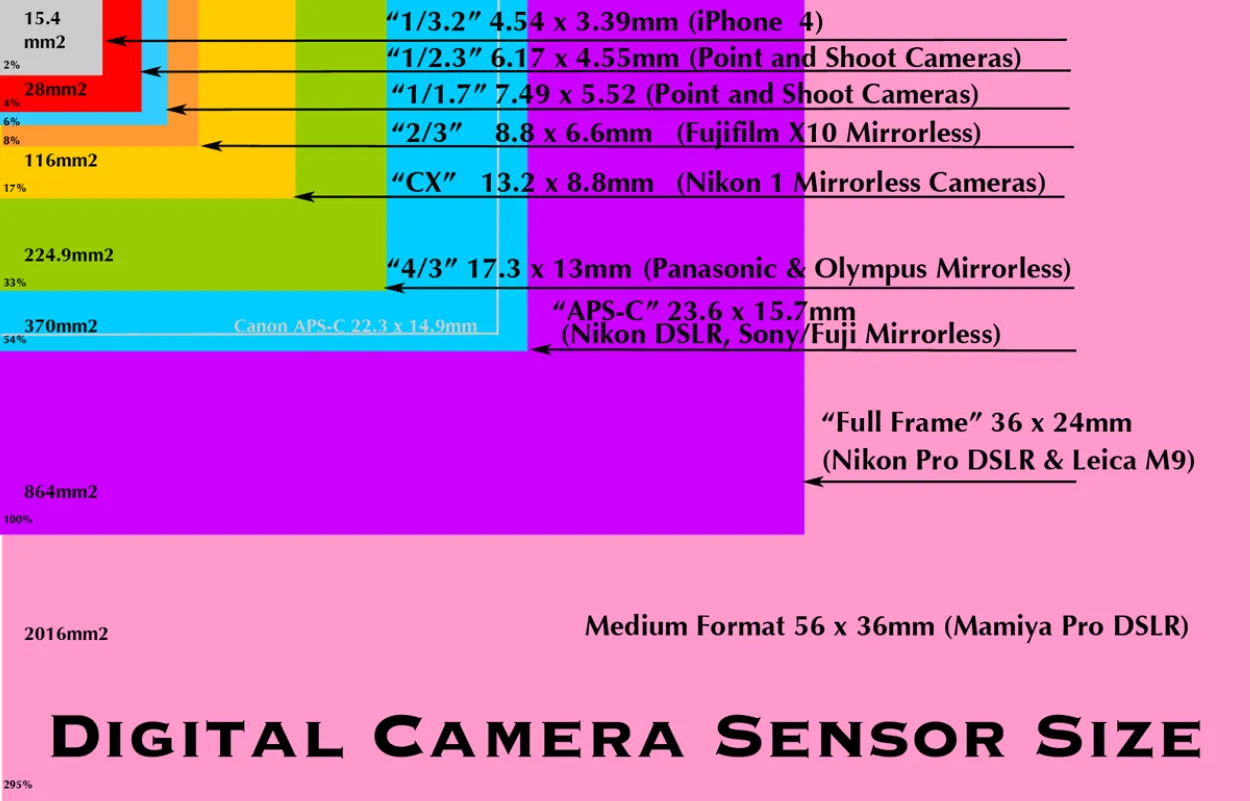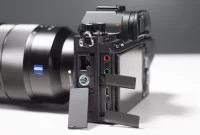When it comes to capturing memories, cameras and smartphones are the two most popular devices. But how do they compare in terms of durability and reliability? In this article, we will delve into the intricacies of these devices, exploring their longevity and performance to determine which one comes out on top.
Build Quality
When it comes to the durability and reliability of cameras versus smartphones, one important factor to consider is the build quality of these devices.
Cameras, especially professional-grade ones, are designed to withstand rugged conditions and heavy usage. They are built with high-quality materials such as magnesium alloy or polycarbonate, which make them more resistant to impact and are capable of handling challenging environments.
On the other hand, smartphones prioritize sleek design and portability over durability. While they may feature materials like aluminum or glass, they are generally not as robust as cameras. Smartphones are more susceptible to accidental drops, water damage, and wear and tear due to their delicate nature.
Another aspect of build quality that sets cameras apart is their sealings and weatherproofing. Many cameras, especially those used by professional photographers, are equipped with weather seals to protect them from dust, moisture, and extreme temperatures. This ensures their functionality remains intact even in challenging outdoor settings.
In contrast, most smartphones do not have the same level of weather sealing. While newer smartphone models may offer some degree of water resistance, they are not specifically designed to withstand extended exposure to harsh weather conditions.
In conclusion, when comparing the build quality of cameras and smartphones, it is evident that cameras are generally more durable and reliable. Their sturdy construction, high-quality materials, and weatherproofing features make them better suited for intensive use and demanding environments. Smartphones, although convenient for everyday use, are more prone to damage and may not withstand the same level of wear and tear.
Longevity
When it comes to the durability and reliability of cameras versus smartphones, there are some key differences to consider. Cameras are designed specifically for photography and are built to withstand the demands of capturing high-quality images over an extended period of time.
One of the main advantages cameras have is their build quality. Cameras are typically made with stronger materials and are more resistant to accidental drops and impacts compared to smartphones, which are often constructed with delicate glass panels.
In addition to their physical durability, cameras also offer better battery life compared to smartphones. This is particularly important for those who frequently use their devices for photography, as cameras can last much longer on a single charge.
Another factor to consider is the software and functionality. While smartphones have made significant advancements in their camera capabilities, dedicated cameras still offer superior image quality, control options, and shooting modes. This makes them a preferred choice for professional photographers and photography enthusiasts.
It should be noted that smartphones have their own advantages as well. They are more portable and convenient to carry around, allowing users to capture moments instantly. Additionally, smartphones offer the ability to edit and share images instantly through various apps and social media platforms.
In conclusion, although smartphones have come a long way in terms of camera technology, dedicated cameras still excel in terms of durability, battery life, and overall image quality. Whether it’s for professional use or personal enjoyment, cameras remain a reliable choice for those seeking longevity and reliability in their photographic devices.
Repairability
In the world of consumer electronics, repairability has become an increasingly important factor to consider when purchasing a device. This holds true for both cameras and smartphones. Understanding the differences in repairability between these two types of devices can help users make informed decisions about their purchases.
Durability and Reliability of Cameras
Cameras, particularly high-end DSLRs and mirrorless cameras, are often built with durability in mind. They are designed to withstand the rigors of professional use and are built to last for a long time. Components such as the camera body, lenses, and internal mechanisms are typically made of high-quality materials that are designed to resist wear and tear. This makes cameras highly durable and reliable, with the potential to last for many years.
Durability and Reliability of Smartphones
On the other hand, smartphones are increasingly becoming more fragile due to their sleek designs and the construction of their components. The use of glass backs and thin bezels makes them susceptible to cracks and damage from accidental drops. Moreover, smartphones have a shorter lifespan compared to cameras, as newer models with advanced features are constantly being released. This shorter lifespan may be attributed to advancements in technology, making older models obsolete.
Repairability of Cameras
While cameras are generally built to be durable, they are also designed to be repairable. This means that when certain components malfunction or become damaged, they can be replaced or repaired by professionals. Camera manufacturers often provide repair services and offer replacement parts, ensuring that users can extend the lifespan of their devices. Additionally, the modular nature of cameras allows users to upgrade individual components, such as lenses or memory cards, without needing to replace the entire device.
Repairability of Smartphones
Repairing smartphones, on the other hand, can be a more complicated and expensive process. Due to their compact designs and integrated components, repairing a smartphone often requires specialized tools and expertise. In many cases, it is more cost-effective to replace a damaged smartphone with a new one rather than repairing it. Furthermore, some smartphone manufacturers restrict access to repair manuals and parts, making it difficult for independent repair technicians to fix these devices.
Conclusion
Understanding the differences in repairability between cameras and smartphones is crucial for consumers who value longevity and the ability to fix their devices. Cameras, with their robust build and availability of repair services, offer users the option to extend the lifespan of their devices. Smartphones, on the other hand, may have shorter lifespans and limited repairability options. When making a purchase decision, it is important to consider not only the features and performance but also the repairability of the device.
Conclusion
In conclusion, while smartphones have greatly improved their camera capabilities, they still fall short in comparison to dedicated cameras when it comes to durability and reliability. Cameras are built with sturdy materials and designed to withstand various conditions, making them more suitable for professional and long-term use. While smartphones offer convenience and portability, they are not as reliable in challenging environments or for extended use. Therefore, for those seeking higher quality and reliability in their photography, investing in a dedicated camera is still the preferred option.




